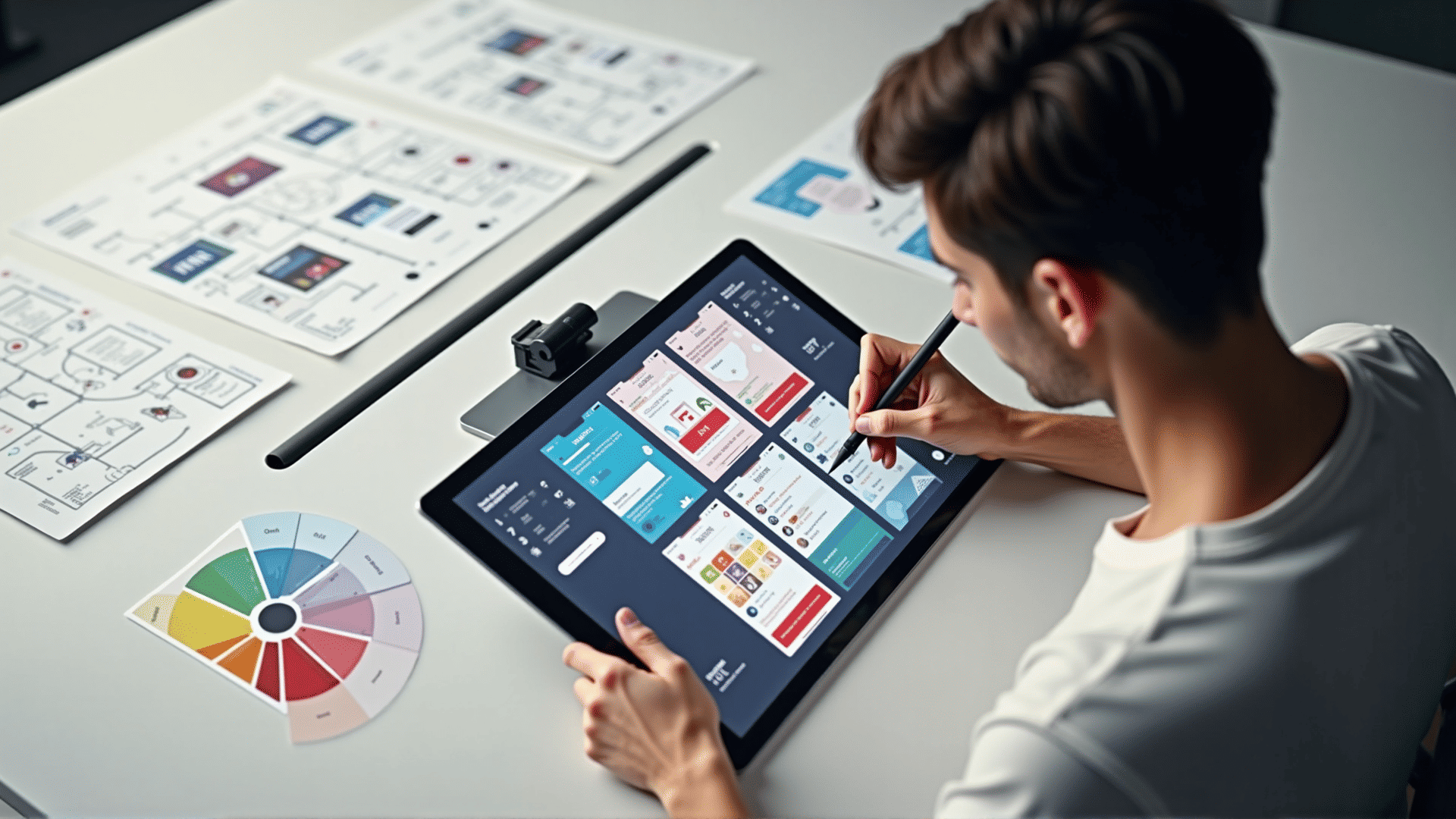In the digital age, where interaction with technology is as common as flipping a light switch, the significance of UI/UX design has grown exponentially. User Interface (UI) and User Experience (UX) design are the dual engines that power human-centric engagement, transforming functional service into delightful experiences. While often used interchangeably, UI and UX are distinct but interconnected concepts that shape how users interact with products, and how these interactions fulfill their needs with satisfaction and efficiency.
UI design focuses on the aesthetics, the visual touchpoints a user interacts with. This includes buttons, icons, spacing, typography, and colors. A well-crafted UI design ensures that a website or application is not only visually appealing but also aligned with the user's intent. It acts as the bridge that facilitates seamless human-tool interaction. At the core of effective UI design lies clarity, consistency, and a hierarchy that leads the user’s eyes in the intended direction. It wields every pixel with purpose, ensuring that each aspect of the visual layout contributes meaningfully to the overall experience.
On the other hand, UX design dives deeper into understanding the user's journey, emotions, and satisfaction when interacting with a product or service. It encompasses all aspects of the end-user’s interaction, evaluating the balance between functionality and usability. UX design emphasizes research and empathy, involving user-centric methods such as personas, user stories, and journey mapping to anticipate and meet users’ needs effectively. A successful UX design seamlessly merges user goals and business objectives, ensuring that the interaction feels natural and fulfilling to the target audience.
Engaging and intuitive design stems from the delicate integration of UI and UX elements. A captivating user experience must be built upon an understanding of the user base, acknowledging their preferences and behaviors. It requires designers to constantly iterate, implementing feedback loops to refine the product continually. Prototyping, usability testing, and A/B testing are vital practices in validating design assumptions and ensuring that the product resonates with real-world users.
Moreover, accessibility plays a pivotal role in modern UI/UX design. Crafting inclusive digital experiences means designing interfaces that cater to diverse user profiles, including those with disabilities. This involves ensuring that digital products are perceivable, operable, and understandable for all users. By adhering to accessibility standards, designers not only comply with ethical and legal benchmarks but also open avenues to larger audiences, reflecting the true spirit of user-centric design.
Today, technology trends such as Artificial Intelligence, Virtual Reality, and Augmented Reality challenge designers to push boundaries further. These advancements offer novel opportunities to create dynamic interfaces and immersive experiences that were previously unattainable. For instance, AI can provide personalized user experiences by learning from user behaviors and predicting their needs, while AR and VR can create compelling, perhaps life-like, interactions that deepen user engagement.
Ultimately, UI/UX design is about crafting meaningful interactions that resonate with users beyond the digital boundary. It can significantly influence user emotions, loyalty, and ultimately, the success of a brand. By prioritizing an engaging and intuitive design, businesses can enhance user experience and satisfaction, driving growth and innovation in a competitive landscape.
